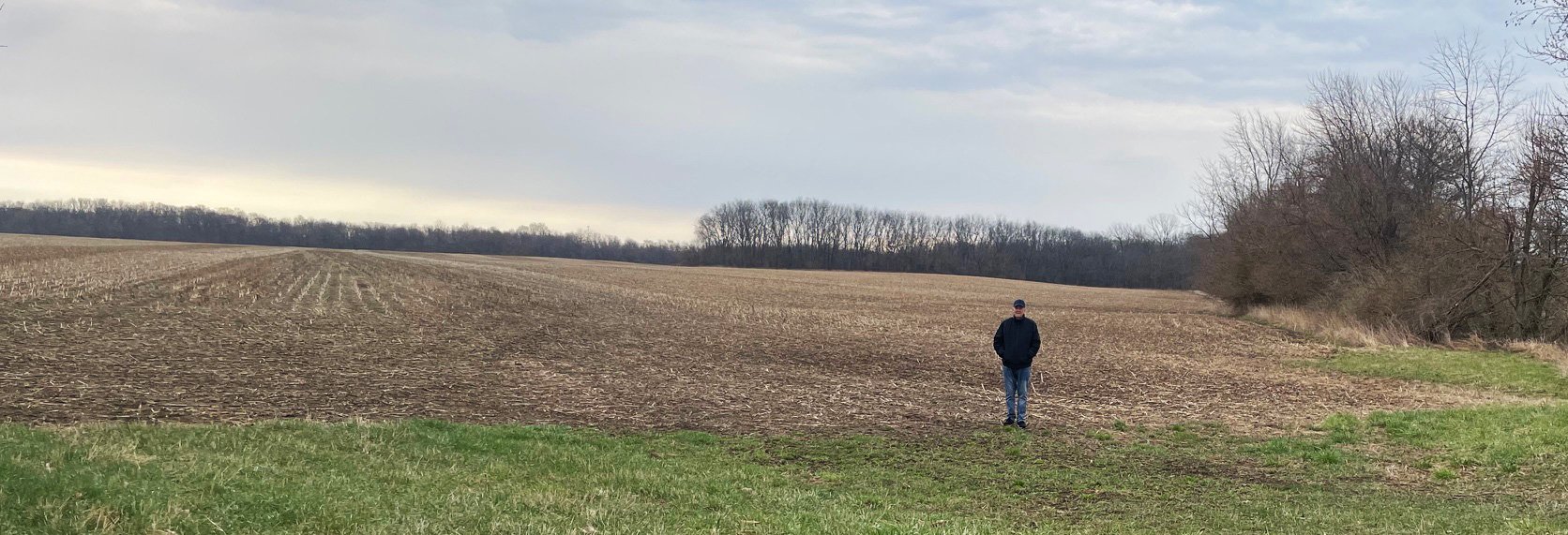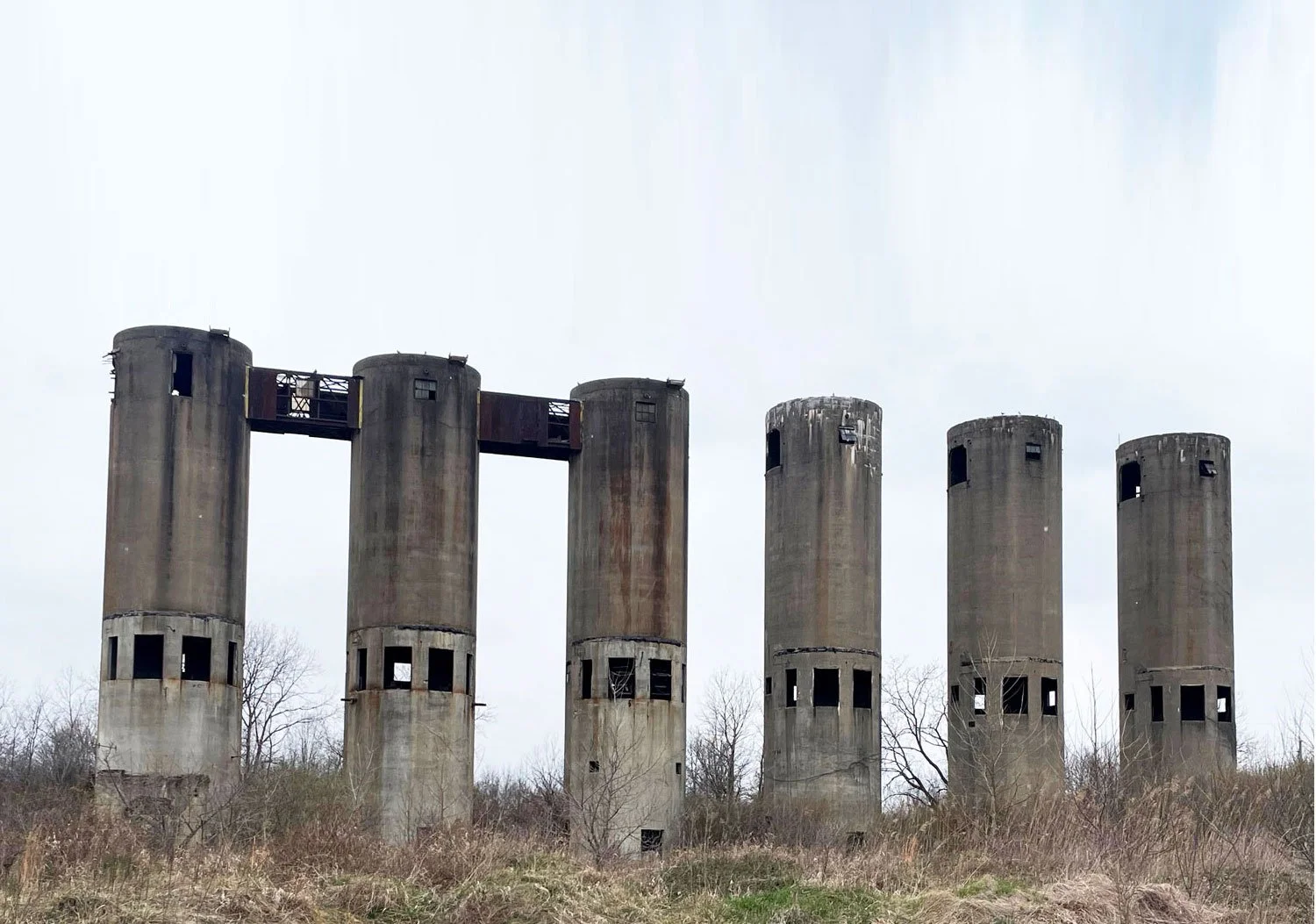
News stories about
Vermillion County
Vermillion Reports is a news site about Vermillion County, Indiana. Our first article is about Wabash Valley Resource’s carbon sequestration project. We plan to publish articles on other topics. If you would like email notices about new articles, please send your email address to us at vermillionreports@gmail.com
View of the remains of the munitions plant at Newport, Ind. Photo by Larry Gavin
A Munitions Plant for 3 Wars (Plus a Cold One)
By Mary Gavin
What is now Vermillion Rise had several other names when it was operated under the auspices of the United States Army – Wabash River Ordnance Works, Newport Chemical Plant, Newport Chemical Depot, Dana Heavy Water Plant, Newport Army Ammunition Plant and Newport Chemical Agent Disposal Facility.
But to most local residents, the area just south of Newport, east of Dana and west of Hillsdale, Ind., was known as the plant. Through decades of war and external threats, this relatively small area in the midst of Indiana agriculture was a munitions factory
Commissioned by the Army in 1941 and built the next year, it was the site for the production of weapons of war: the explosives RDX and TNT, heavy water for the Manhattan Project that developed the atomic bomb, and the nerve agent VX.
For more than two decades, the destructive power of these materials helped the United States prevail against its enemies. The Army offered steady and patriotic employment work to many who lived nearby.

